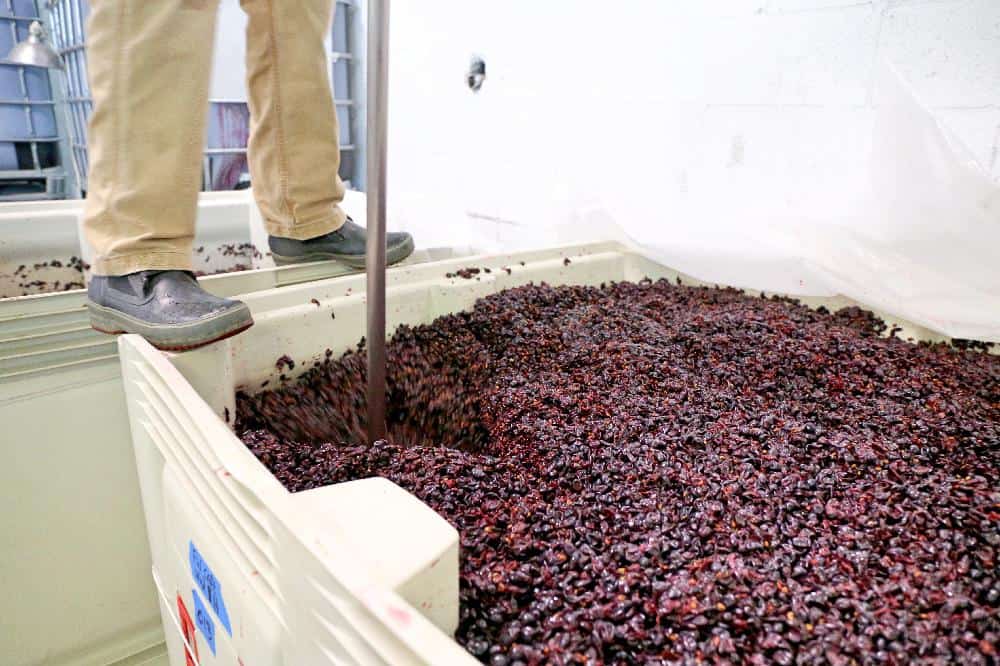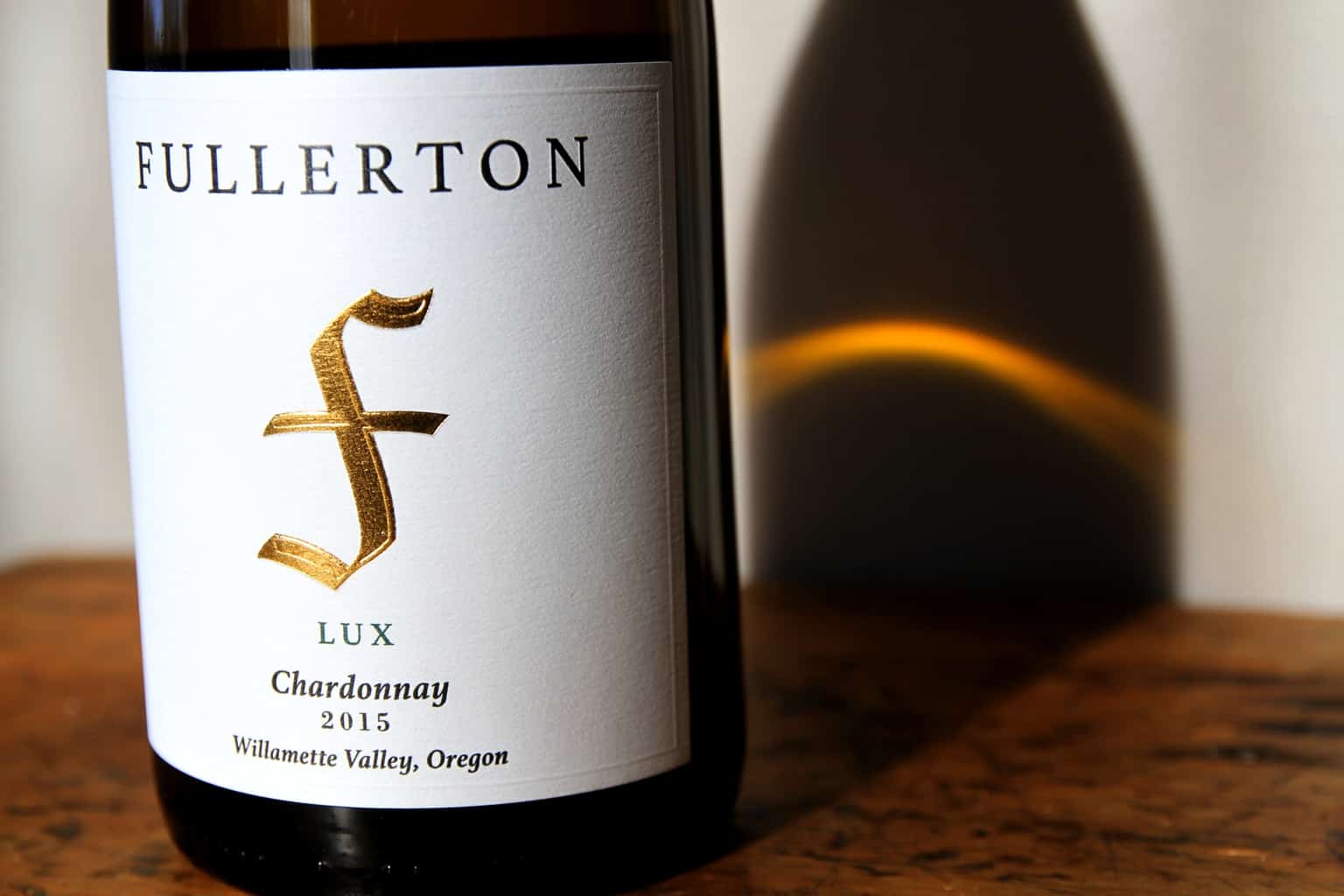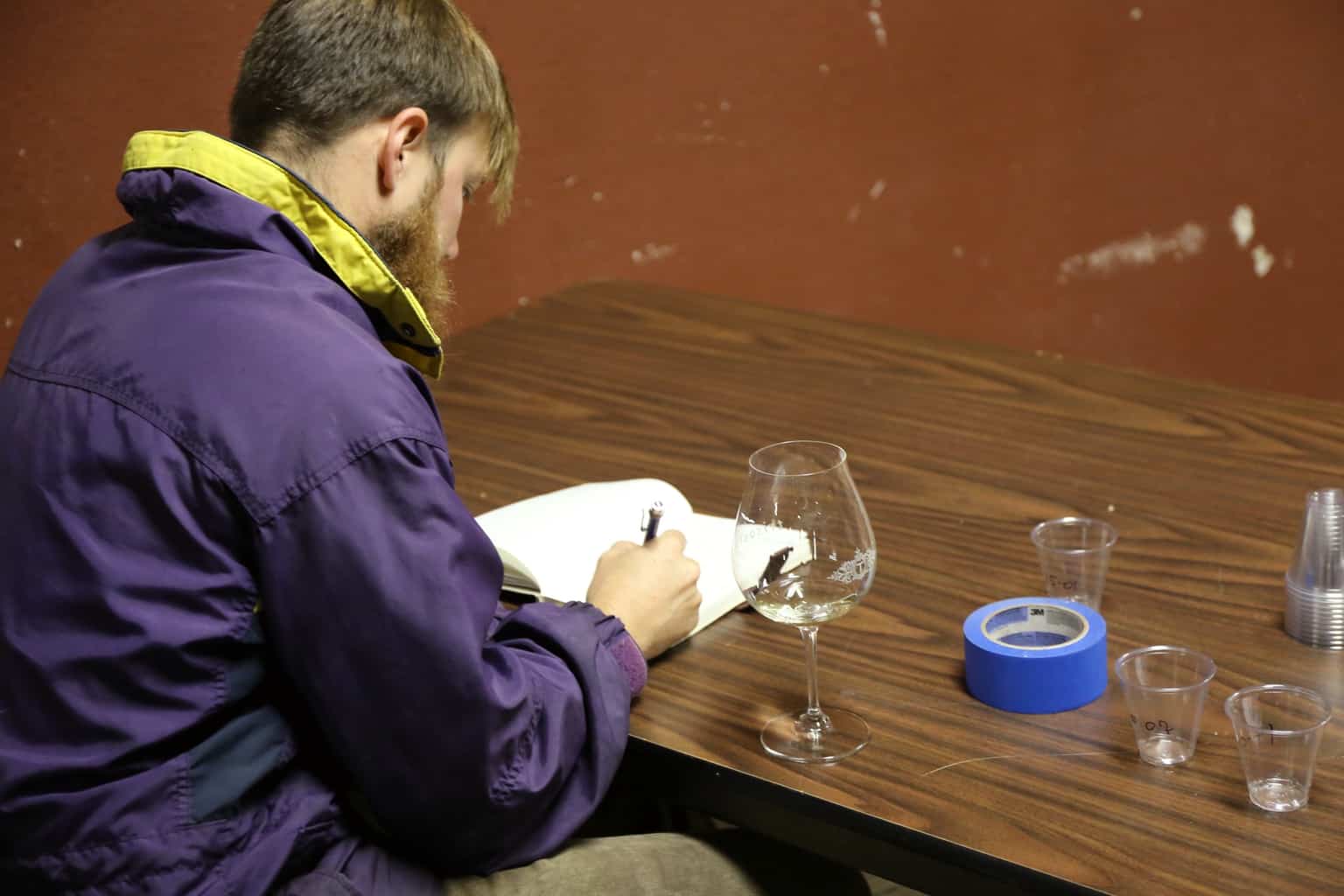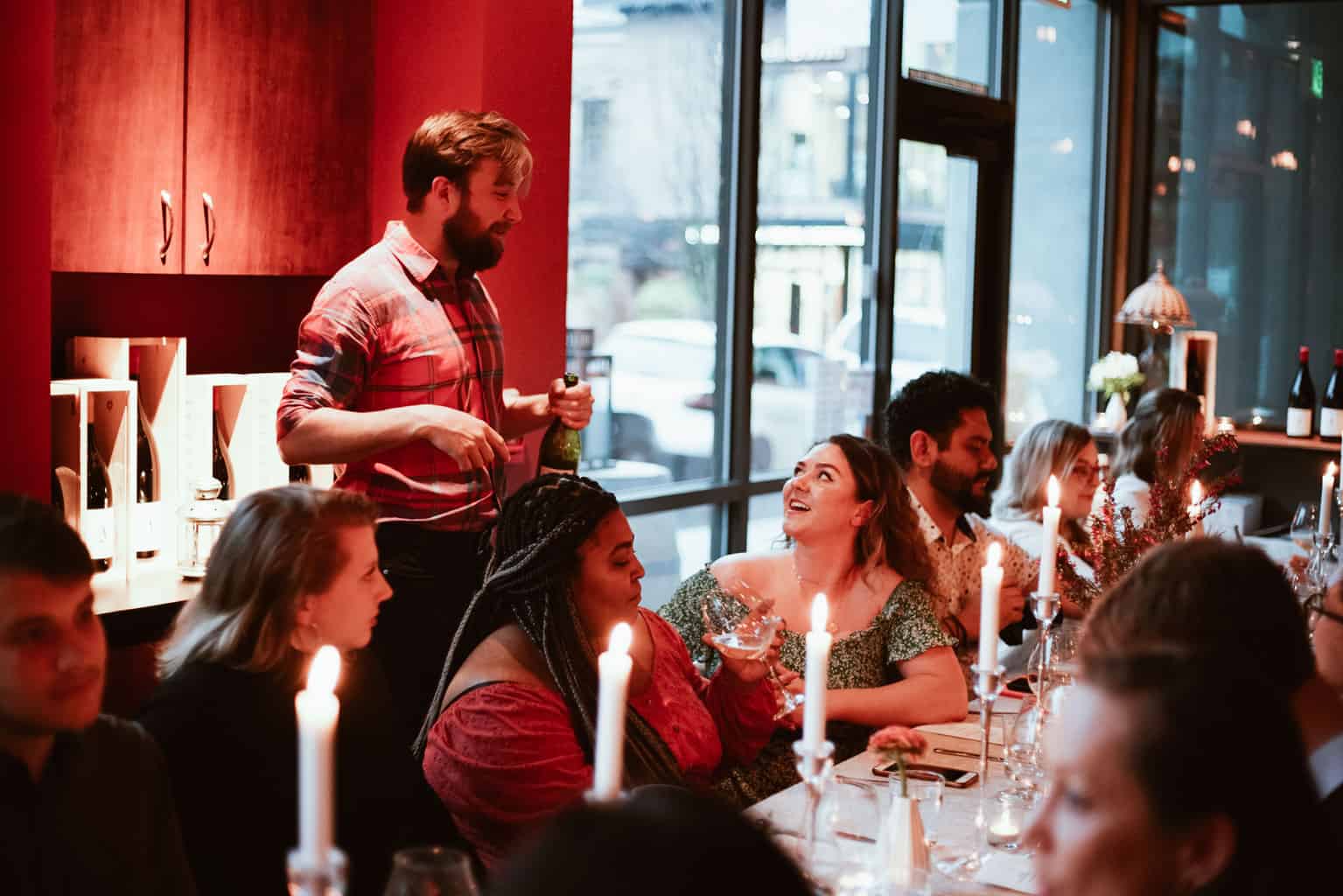Fact, Fiction, and the Unknown: Yeast in the Cellar
Scientific discovery has enabled winemakers to improve their craft significantly. Prior to the 1860s, brewers and winemakers didn’t know that yeast fermented wine. Fermentation was nearly magical, which may explain the exaltation of fermented beverages in some religious traditions (intoxication also likely elevated these drinks). The discovery of yeast gave way to the Industrial Revolution, which over time enabled the use of electricity, mass-produced glass bottles, refrigeration (cold-soaking of musts), and intentional, controlled sterilization. Today, when you pull a cork, you can expect a level of quality and consistency never before imagined.

Despite these improvements, we also better understand the limits of our knowledge. Case in point: fermentation. Fullerton Wines prefers spontaneous fermentations, meaning we allow yeast from the winery and possibly vineyard to ferment the wine. Often wineries eschew commercial yeast, choosing instead to tout the romance of yeast from their vineyards fermenting the wines. “We want you to taste our place, and by using native yeast from our vineyard you get the fullest expression of that site.” Unfortunately, the science doesn’t always support this lovely idea. Instead, the yeasts that carry out spontaneous ferments (aka native, wild, or indigenous ferments) most often come from the winery itself. Frequently, these winery yeast originate from commercial yeast! All of a sudden the sails don’t feel so full.
But this isn’t the end of the story. Research led by ETS Labs in conjunction with Willamette Valley winemakers has frequently shown that yeast floating around the winery finish the fermentation, but this doesn’t mean these yeast start it. Herein lies the complexity. Other research from Goddard Lab and ETS shows that non-S. cerevisiae* yeast can frequently start spontaneous fermentations. Once alcohol levels reach 5-8%, these yeast die and S. cerevisiae from the winery (and only rarely from the vineyard) finishes the fermentation.
We at Fullerton Wines have no allusions. We understand that most often fermentation occurs thanks to yeast floating through the winery. However, we still prefer the result of spontaneous fermentation. When multiple species and strains of yeast carry out fermentation—a handful of species compete at the beginning, perhaps one strain of S. cerevisiae takes over for a few percent in the middle, and then another S. cerevisiae strain dominates at the end—the palate can gain complexity and texture that we find compelling. On a practical level, we also find no reason to buy commercial yeast every year when commercial yeast brought into the winery years ago will still aid us in the fermentation today. It’s the equivalent of seed-saving for your garden. We value the independence of this gesture.
Raise a glass to science, and all that we do not fully understand.
*S. cerevisiae = Saccharomyces cerevisiae is a species of yeast, with many sub-strains, responsible for nearly all fermentations of beer and wine. It separates itself from other species due to its ability to survive in high-alcohol environments.


